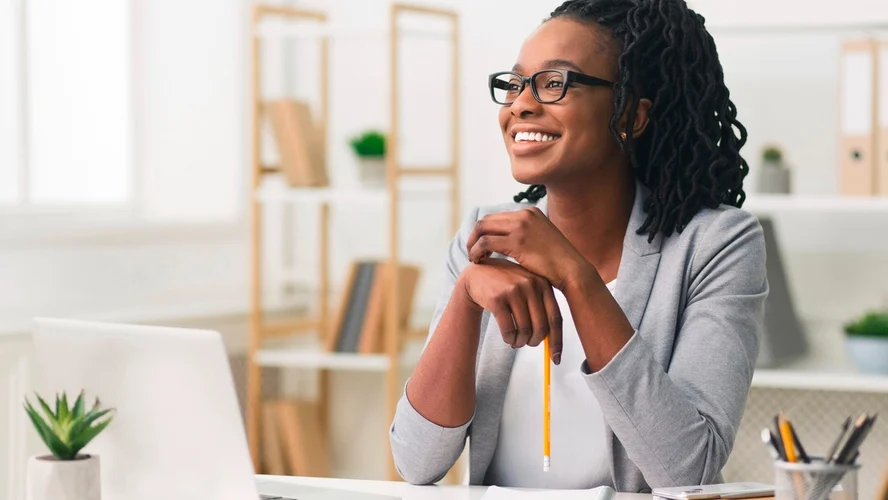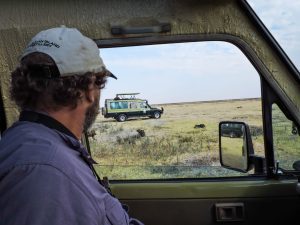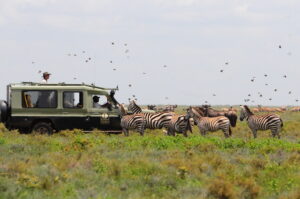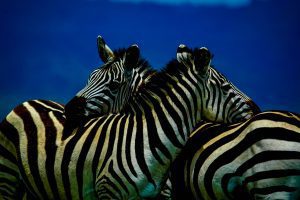Quick Facts
About Katavi National Park
Peak Time
June - October
Best Time To Go
Year-round, but best during the dry season
Famous For
Remote wilderness, large buffalo herds, and seasonal lakes
Home Of
Buffalo, hippos, crocodiles, and lions
Overview
Katavi National Park is one of Tanzania’s most remote and least-visited parks, making it a true wilderness for adventurous travelers. Located in the western part of the country, this park covers over 4,500 square kilometers and is known for its huge herds of buffalo and unspoiled landscapes. The park’s seasonal lakes, floodplains, and woodlands attract an incredible variety of wildlife, particularly during the dry season when animals congregate around the last remaining water sources. Katavi offers a raw and untouched safari experience, perfect for those seeking solitude and an authentic connection with nature.

Wildlife
Katavi National Park is best known for its massive herds of buffalo, often numbering in the thousands, which roam the plains during the dry season. Alongside the buffalo are large groups of elephants, zebras, and impalas, creating dramatic wildlife scenes in the park’s open savannahs. Lions and hyenas follow these herds, and sightings of large predator-prey interactions are common. The park is also home to hippos and crocodiles, particularly in the dry season when they are forced into the shrinking waters of the park’s seasonal lakes and rivers. This concentration of wildlife makes Katavi one of the best places for raw, untamed wildlife viewing in Tanzania.
Seasonal Lakes and Floodplains
Katavi’s defining feature is its seasonal lakes, including Lake Katavi and Lake Chada, which transform dramatically with the changing seasons. During the wet season, these lakes are full and support a wide range of aquatic life and bird species. In the dry season, the lakes shrink, concentrating hippos and crocodiles into small pools, creating incredible viewing opportunities. The surrounding floodplains are essential to the park’s ecosystem, attracting huge numbers of animals during the dry months when the land is parched, and water sources are scarce.
Scenic Landscapes
Katavi’s landscape is diverse and untamed, featuring vast floodplains, dense forests, and seasonal rivers that create a dynamic backdrop for wildlife viewing. The wide Katisunga Plains are a key feature of the park, where herds of buffalo and elephants can be seen in abundance, especially during the dry season. The Katuma River, which flows through the heart of the park, serves as a lifeline for many animals during the harsh dry months, drawing predators and prey to its banks for thrilling encounters. The park’s isolation and lack of human presence make its landscapes feel truly wild and untouched.
Activities
Katavi National Park offers a variety of activities that allow visitors to explore its remote wilderness and experience its unique wildlife:
- Game Drives: Experience the thrill of watching buffalo herds, elephants, and predators in the park’s vast plains. The concentration of animals during the dry season makes for excellent wildlife viewing.
- Walking Safaris: Explore the park on foot with an experienced guide and get up close to the smaller details of the wilderness, as well as the larger wildlife that roams the area.
- Bird Watching: Katavi is home to over 400 species of birds, including fish eagles, storks, and pelicans, making it a great destination for bird enthusiasts.
- Hippo Pools: Visit the seasonal lakes and rivers where hundreds of hippos gather during the dry season, creating an unforgettable spectacle.

Inspired by What You See? Let’s Bring Your Journey to Life!
Best Time to Visit
The best time to visit Katavi National Park is during the dry season, from June to October, when wildlife is easier to spot as animals congregate around the remaining water sources. The dry season offers incredible opportunities to witness large gatherings of buffalo, elephants, and other species on the park’s plains. The wet season (November to May) transforms the park into a lush green landscape, offering great bird-watching opportunities and fewer crowds, although wildlife can be more dispersed.
Accommodation
Katavi National Park has a limited number of accommodation options, making it a perfect destination for those seeking seclusion and an off-the-beaten-path experience. Visitors can stay in luxury tented camps or more rustic fly-camping setups that allow for an immersive wilderness adventure. The lack of heavy tourism ensures a more personal and intimate safari experience in this remote corner of Tanzania.
Why Visit Katavi National Park
Katavi National Park is the ideal destination for those looking to escape the more popular safari circuits and immerse themselves in a truly wild environment. With its large herds of buffalo, dramatic landscapes, and sense of isolation, Katavi offers a safari experience unlike any other in Tanzania. Whether you’re captivated by the sight of thousands of buffalo crossing the plains, the raw beauty of the seasonal lakes, or the sheer remoteness of the park, Katavi is a must-visit for serious wildlife enthusiasts and adventurers seeking a more rugged, authentic safari.




